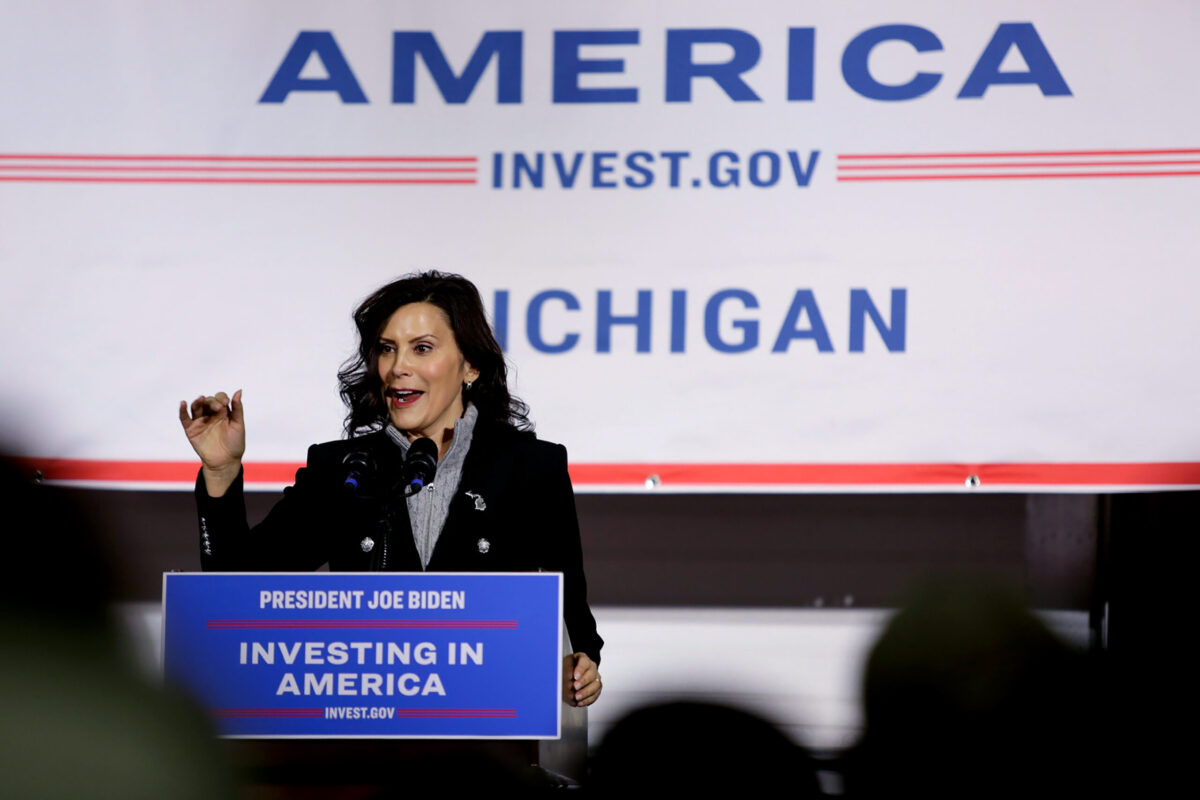Israeli troops withdraw from Shifa Hospital, Gaza’s largest, after 2-week raid

Israel’s army withdrew early on Monday from Gaza’s biggest hospital after a raid lasting two weeks, during which they claimed to have killed 200 militants and arrested hundreds more. Residents in Gaza said that the soldiers left behind a large number of bodies as well as a lot of destruction.
The military described the raid against Shifa Hospital in the war as one of its most successful operations. It came as Israel was becoming increasingly frustrated, with tens and thousands of people protesting Prime Minister Benjamin Netanyahu Sunday. They demanded that he do more in order to bring back dozens of hostages who were held in Gaza. This was the biggest anti-government protest since the beginning of the war.
Hamas is still able to put up a fight, even in the most hard-hit area. Israel claimed it had dismantled Hamas largely in northern Gaza, and withdrew tens of thousands of troops at the end last year. This left a security vacuum which made it difficult for humanitarian aid to be delivered.
The military claimed that senior Hamas members and other militants had been killed in the raid, as well as those who regrouped after an earlier raid on November. It also said it seized valuable intelligence and weapons.
|
The U.N. Health agency reported that more than 20 people died during the raid and dozens of others were at risk. This brought further destruction to an already mostly inoperable hospital.
Israel raided a number of medical facilities and accused Hamas that they were being used for military purposes. Gaza’s health officials deny these allegations. Critics accuse Israel of recklessly putting civilians in danger and decimating the health sector, which is already overburdened with wounded soldiers. Palestinians claim Israeli troops forced residents of Gaza City to leave their homes in Shifa and marched south.
Daniel Hagari (the top military spokesperson) said that Hamas, and the smaller Islamic Jihad, had set up their northern headquarters in the hospital. He blamed Hamas and described days of intense fighting. Some fighters barricaded themselves in hospital wards, while others fired mortar rounds into the compound.
He claimed that the troops arrested 900 suspected militants in the raid. This included more than 500 Hamas fighters and Islamic Jihad fighters. They also seized $3 million worth of different currencies and weapons.
He denied that Israeli forces had injured any civilians, stating that the army evacuated over 200 of the 300-350 patients estimated and provided food, water, and medical supplies for the remainder. The military confirmed that two Israeli soldiers and 200 militants were killed during the raid.
Mohammed Mahdi was one of hundreds of Palestinians returning to the area. He described the scene as “total devastation”.
Online video footage showed charred and heavily damaged buildings, mounds created by bulldozers, and stretcher-bound patients in dimly lit corridors.
Yahia Ab Auf, another resident, claimed that army bulldozers even flattened a makeshift graveyard in Shifa’s courtyard.
He said, “The situation is beyond description.” “The occupation has destroyed the sense of living here.”
Tedros Adhanom Ghebreyesus, Director-General of the World Health Organization, posted late on Sunday to X (formerly Twitter) that at least 21 patients had died since the raid started.
He stated that over 100 patients, including 28 patients in critical condition and four children, were still within the compound. He said that there were also no diapers, urine bag or water for cleaning wounds. Many patients suffered from dehydration and infected injuries.
In November, the military raided Shifa after claiming Hamas had an elaborate command-and-control center within and below the compound. The military revealed that a tunnel led beneath the hospital to a few small rooms. It also found weapons that it claimed to have confiscated inside the medical buildings. However, the raid did not reveal anything as large as what they had alleged before.
The war started on October 7, when Hamas militants stormed southern Israel and killed around 1,200 people, most of them civilians. They also took about 250 hostages.
Gaza’s Health Ministry reports that Israel has responded with a land, air and sea offensive which has killed at least 32782 Palestinians. According to the ministry, it does not make a distinction between civilians and fighters in its counting but that women and children made up two thirds of the total.
Israeli officials claim to have killed more than 13,000 Hamas militants without presenting any evidence. They also blame the Palestinian militants for civilian deaths, claiming that they are fighting in densely populated areas.
The war has forced a third to the edge of famine and displaced the majority of the population. The northern Gaza region, including Shifa, has been devastated and is largely isolated from the rest of Gaza since October. This has led to widespread hunger.
Israel’s troops have fought militants in Gaza’s north several times, and two weeks of intense fighting around Shifa showed the strength of these armed groups.
Netanyahu has promised to continue the offensive until Hamas and all hostages have been freed. He said Israel would soon expand its ground operations into the southern city Rafah where 1.4 million people – more than half the population of Gaza – have sought refuge.
He is under increasing pressure from Israelis, who blame him over the security failures on Oct. 7, and some families of hostages who blame his failure to reach an agreement despite weeks of talks mediated by the United States and Egypt. The United States and other allies have warned him to avoid an invasion of Rafah.
Hamas, along with other militants, are believed to still be holding 100 hostages. The remains of another 30 hostages were also released during the ceasefire in November last year.








No Comments